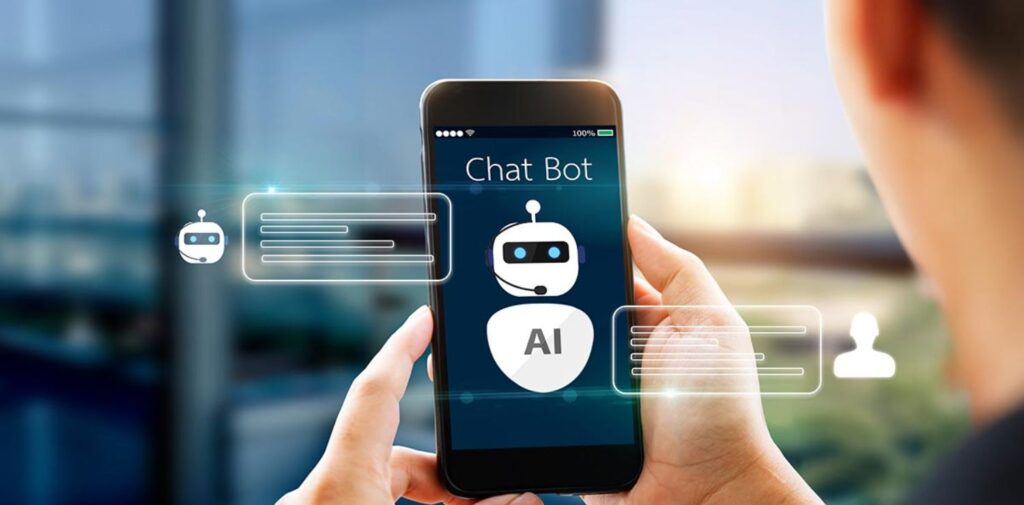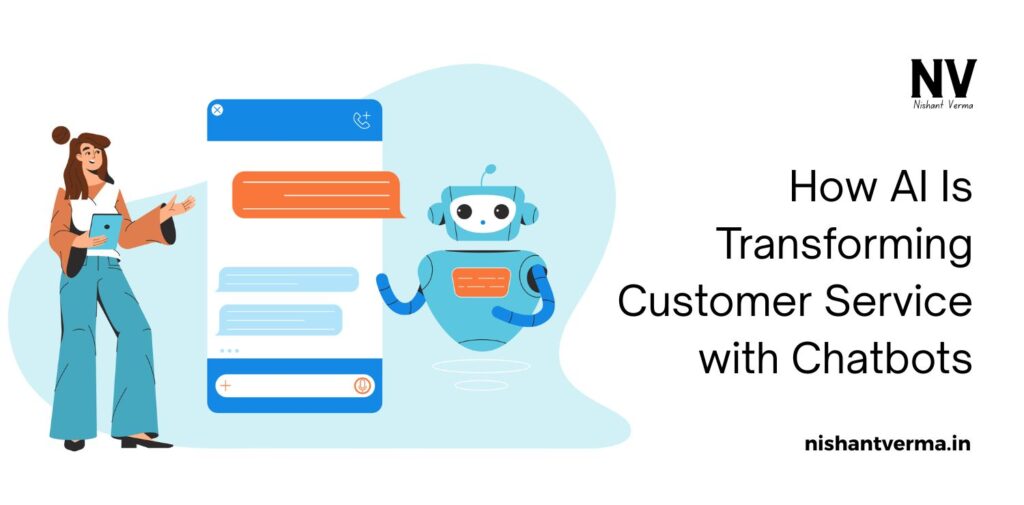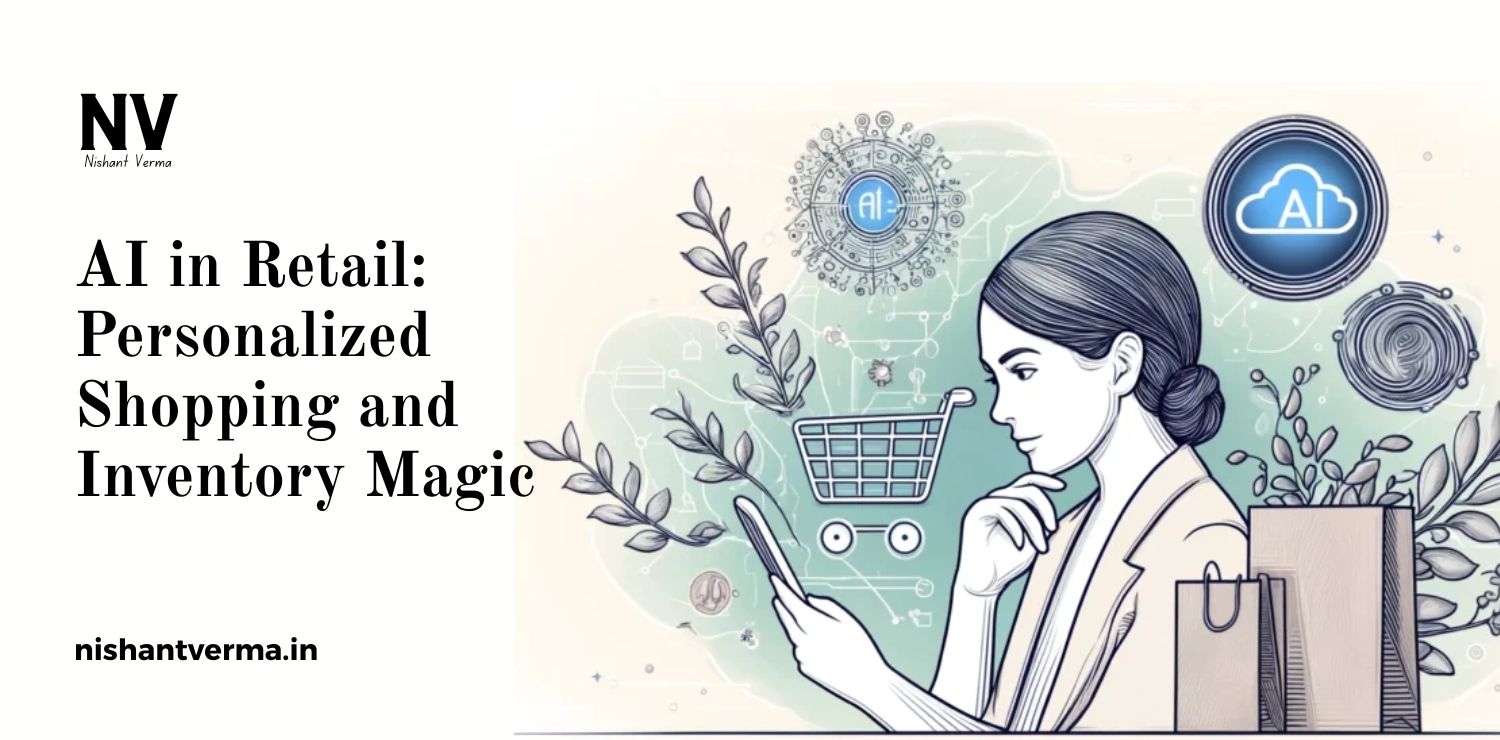In recent years, customer service has changed a lot, especially with the help of Artificial Intelligence (AI). Today, when we visit a website or use a mobile app, we often see a small chat window pop up asking, “How can I help you?” That’s not a human—it’s a chatbot powered by AI. These chatbots are becoming more popular in India as more businesses look for ways to serve their customers better and faster. But how exactly is AI changing the face of customer service? Let’s explore this in a simple and easy way.

What are AI Chatbots and How Do They Work?
AI chatbots are computer programs that can talk to humans like a real person. They use natural language processing (NLP), which means they can understand what people are saying and respond in a human-like way. These bots are trained using a lot of data and can answer common questions, solve simple problems, and even help with product bookings or payments.
When you type a message like “Where is my order?” or “I want to return a product,” the chatbot understands your question, checks the information from the system, and gives you the answer in a few seconds. It’s like having a virtual assistant available 24×7.
Why Indian Businesses Are Adopting AI Chatbots
In India, the demand for fast and round-the-clock customer support is growing rapidly. With the rise of online shopping, digital payments, food delivery apps, and even online banking, people expect instant replies. Traditional customer service with call centers and email support is slow and expensive. That’s where AI chatbots come in.
They can handle thousands of chats at the same time without getting tired. They reduce the need for large customer service teams and cut down wait times. For small and medium-sized businesses, especially in cities like Mumbai, Delhi, Bengaluru, and even Tier-2 towns, this is a big advantage. It helps them stay competitive and keep customers happy.
Benefits of AI Chatbots for Customers
The biggest benefit of chatbots is convenience. People no longer need to wait in long call queues or write emails and wait for days for a response. Here’s how chatbots are improving the experience for Indian customers:
Instant responses: Chatbots reply within seconds. Whether it’s early in the morning or late at night, they are always available.
Multilingual support: Many Indian chatbots now support Hindi, Tamil, Telugu, Bengali, and other local languages. This makes it easier for customers in rural and non-English-speaking areas to use online services.
Quick problem-solving: Chatbots can solve many common issues like tracking an order, resetting a password, or finding store locations. This saves a lot of time for users.
Personalized experience: AI chatbots remember past conversations and can offer suggestions based on customer history. For example, a chatbot on a shopping site might say, “Would you like to reorder the shampoo you bought last month?”
No pressure: Some people feel uncomfortable talking to customer service agents. Chatbots provide a private and non-judgmental space for users to ask questions freely.

Benefits for Businesses
AI chatbots don’t just make things easier for customers—they also help businesses in many ways:
Cost-saving: Hiring and training customer service staff is expensive. Chatbots reduce these costs significantly.
Scalability: During festivals or sales like Diwali or Independence Day, when customer queries increase, chatbots can handle the extra load easily.
Data collection: Chatbots gather valuable customer data like preferences, feedback, and buying behavior. This helps businesses improve their products and services.
Improved customer satisfaction: Faster response and better service increase customer loyalty and trust, which is very important in India’s competitive market.
Availability: Businesses can offer 24×7 support without extra cost, which is a big plus point.
Challenges in Using AI Chatbots
Despite the many benefits, AI chatbots are not perfect. There are some challenges, especially in a diverse country like India:
Language barriers: While chatbots can speak many Indian languages, understanding local dialects, slang, and mixed-language sentences (like Hindi-English mix) is still difficult.
Emotional understanding: Chatbots are good with basic queries, but they can’t always understand emotions. For example, if a customer is angry or frustrated, they may prefer to speak to a human who can show empathy.
Complex queries: Not all problems can be solved by a chatbot. Some cases need human involvement, especially in industries like healthcare, insurance, or banking.
Technical glitches: If the chatbot is not set up properly, it might give wrong answers or stop responding. This can frustrate customers.
Trust issues: Some people don’t trust talking to a bot, especially older users or those new to the internet. They feel more comfortable with a real person.
The Future of AI Chatbots in India
AI chatbots are still growing and getting better every day. In the future, we can expect them to become more human-like and even more helpful. Here’s what we might see:
Voice-based chatbots: Instead of typing, people will talk to bots in their own language. This is especially useful in rural areas and for people who are not comfortable with typing.
Better understanding of emotions: New AI models are being trained to understand how a person is feeling based on the words they use. This will make conversations more natural.
More integration: Chatbots will be connected with more apps and services like payment wallets, delivery apps, and social media platforms. This will make them even more useful.
AI and human team-up: In the future, chatbots will handle the basic part of the conversation and then pass it to a human agent if needed. This mix will give customers the best of both worlds.
More personalization: Chatbots will know more about customer preferences and give better suggestions and faster solutions.

Final Thoughts: A Revolution in Indian Customer Service
AI-powered chatbots are not just a trend—they are a major shift in how businesses talk to their customers. In India, where people expect quick service, regional language support, and round-the-clock help, chatbots offer a smart solution. They make life easier for both customers and businesses.
However, we must remember that while AI can do a lot, it cannot fully replace human touch, especially when emotions are involved. The future of customer service will be a smart balance between technology and human connection.
Whether you’re a customer enjoying fast replies or a business owner trying to grow in a competitive market, AI chatbots are definitely worth paying attention to. They are not just changing the game—they are creating a new one altogether.




